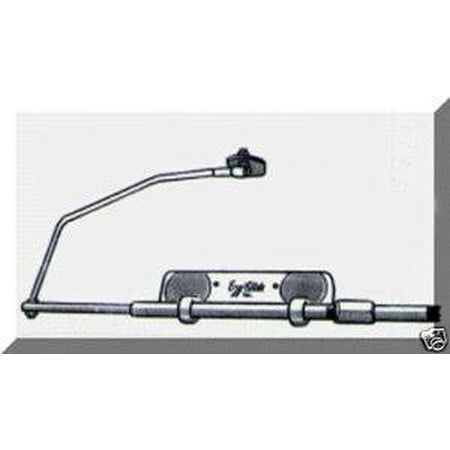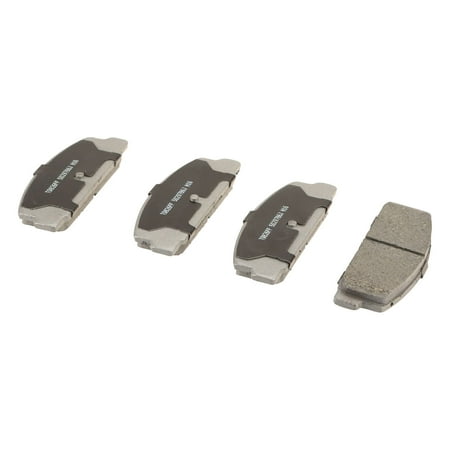Ezy-Glide Engine Freshwater Engine Connection Kit
ENGINE CONNECTION KIT – FRESH WATERKit supplies a thru-tube engine connection for engines that do not have the remote steering tube. Kit contains: transom plate threaded tube and link-arm connecting rod. Kit is designed for port entry of remote steering cable.






Reviews
There are no reviews yet.